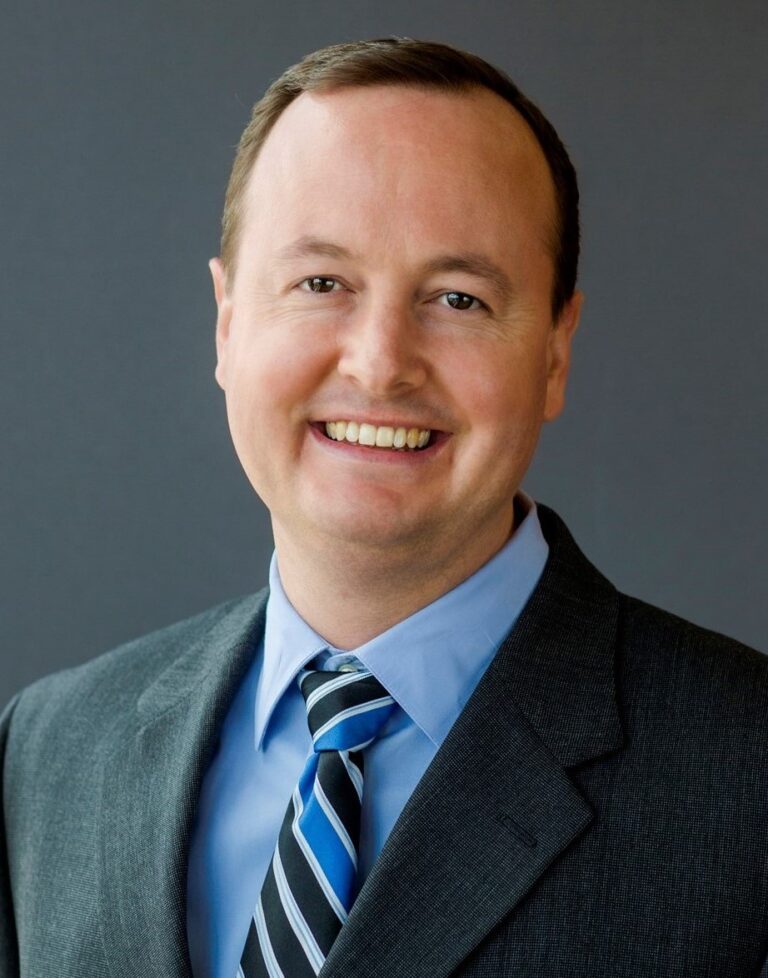Washington’s Made Whole Doctrine Majorly Expanded
From the desk of Josh Hayward: Washington’s Made Whole Doctrine establishes that a person with insurance must be fully reimbursed for their losses, or “made whole,” before the person’s insurance company can take from any third-party recovery proceeds to recoup what they paid out on a claim. This case addresses the question, really how much is required to be “made whole”?
Claims Pointer: The Washington Supreme Court expanded the made whole doctrine to require insurers of fault-free drivers to reimburse their insured’s entire deductible before allocating proceeds to themselves, particularly in automobile property damage claims.
Daniels v. State Farm Mut. Ins. Co., 193 Wn.2d 563 (July 3, 2019).
Daniels was involved in a three-vehicle accident. She was insured by State Farm with a policy that included a $500 deductible. State Farm paid for all repairs in excess of Daniels’ deductible. The driver who rear-ended her vehicle was insured by GEICO, who agreed that its driver was 70% at fault. State Farm received 70% of the cost to repair the vehicle and reimbursed Daniels 70% of her deductible. Daniels filed suit, alleging that the made whole doctrine required State Farm to pay her, as a fault-free driver, the full amount of her deductible. State Farm’s 12(b)(6) motion was granted at the trial level and affirmed on appeal. The Washington Supreme Court considered the matter and reversed.
First, the court discussed the made whole doctrine in the context of subrogation. Daniels argued that the insured’s recovery should be prioritized in any type of subrogation action. State Farm argued that the made whole doctrine is specifically confined to scenarios where the insurer seeks reimbursement from the insured’s own recovery from a third party – not when the insurer pursues direct subrogation. State Farm relied heavily on Averill v. Farmers Insurance Co. of Washington, 155 Wn. App. 106 (2010), wherein the Washington Court of Appeals held that the made whole doctrine did not apply in a direct subrogation case nearly identical to this one. The Supreme Court overruled Averill. The court broadened the application of the made whole doctrine, stating that “the proceeds of any recovery from a third-party tortfeasor, whether in a subrogation action or otherwise, must be allocated in such a way as to first make the insured whole.”
Next, the court considered WAC 284-30-393, which reads “the insurer must include the insured’s deductible, if any, in its subrogation demands. Any recoveries must be allocated first to the insured for any deductible(s) incurred in the loss, less applicable comparable fault.” Daniels asserted that “less applicable comparable fault” referred to fault attributable directly to the insured. State Farm argued that there was no such limitation. The court ultimately agreed with Daniels’ interpretation, as an investigation into the intent of the Office of the Insurance Commissioner revealed that the purpose was indeed to reduce the amount of deductible repaid by the percentage of fault attributable to the insured driver.
Finally, the court examined a clause in State Farm’s policy which read “our right to recover our payments applies only after the insured has been fully compensated for the […] loss.” The court ultimately adopted Daniels’s assertion that the policy language prohibited State Farm from allocating any subrogation proceeds to itself before fully compensating an insured’s loss. This included the full deductible amount.
Under this new precedent, insurance writers should take care when allocating subrogation proceeds. It is irrelevant whether they are seeing reimbursement from the proceeds their insured received from a third party or whether they are seeking subrogation directly from the at-fault driver’s carrier. The made whole doctrine typically requires that deductibles be paid in full. Any reduction to that amount can only be based on the insured’s own comparative fault.
















